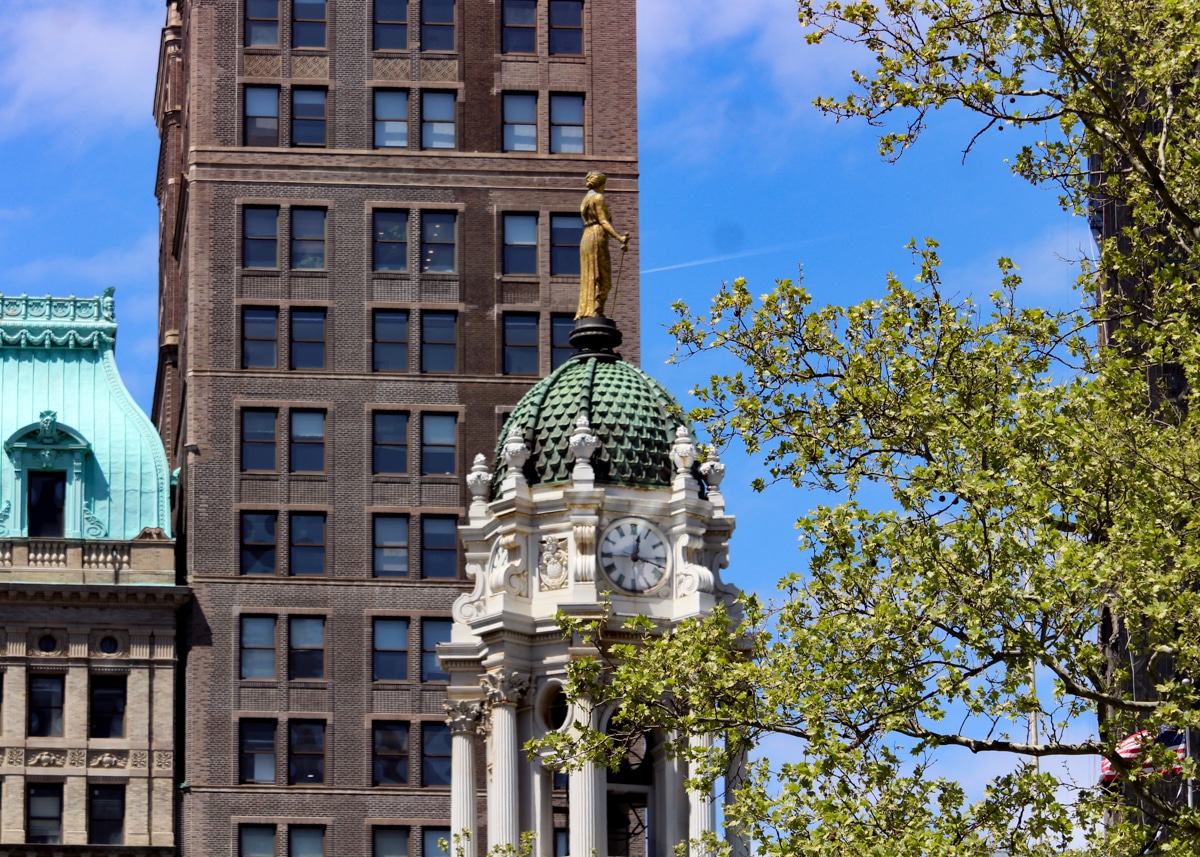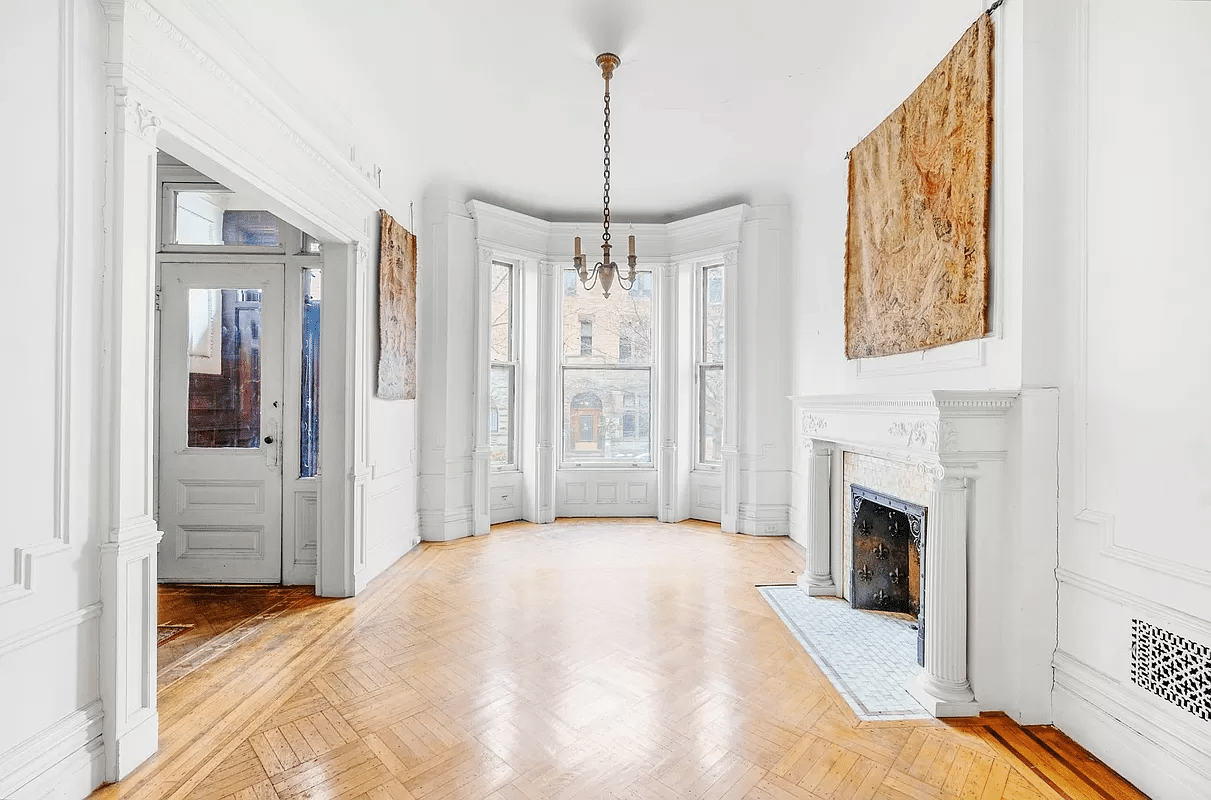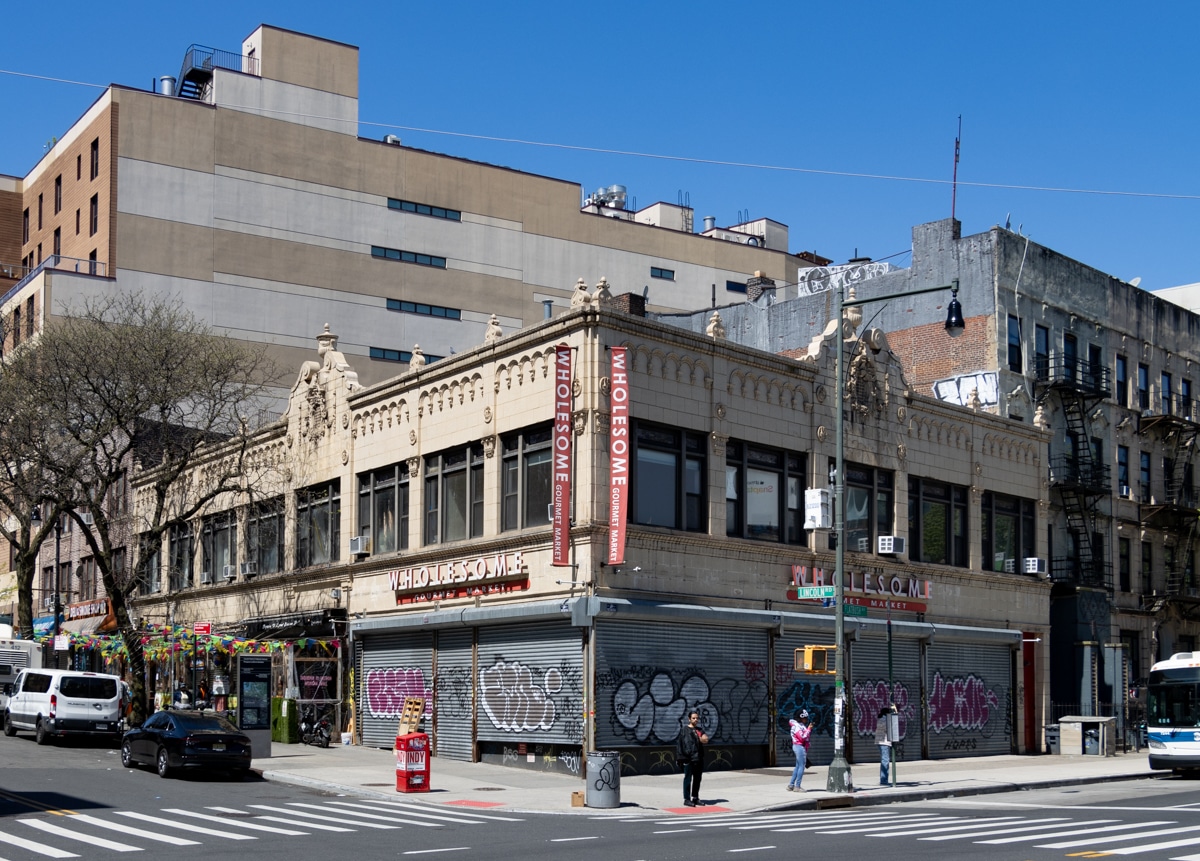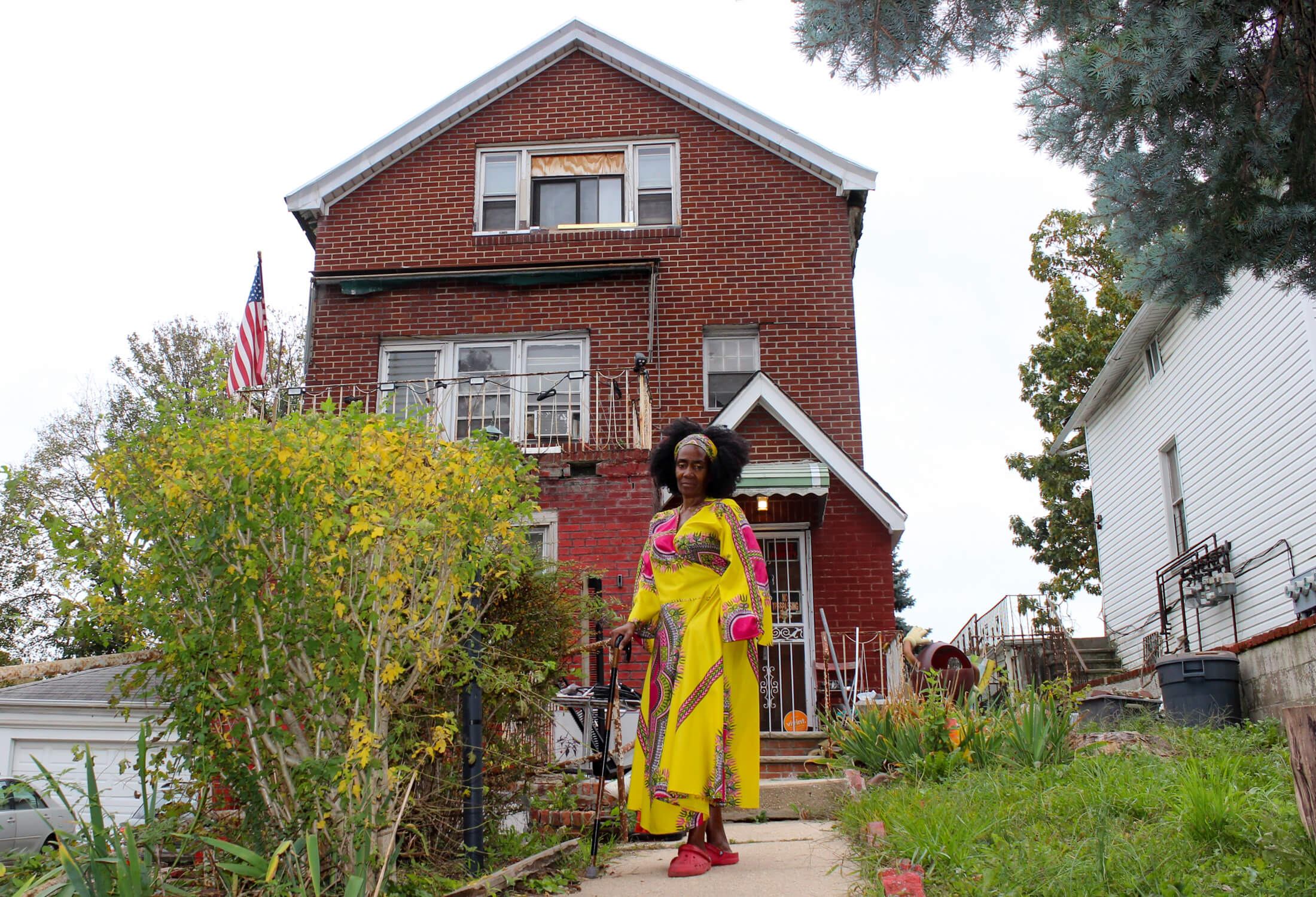Building of the Day: 303 Highland Boulevard
Editor’s note: An updated version of this post can be viewed here. Brooklyn, one building at a time. Name: Private House Address: 303 Highland Boulevard Cross Streets: Corner Barberry Court Neighborhood: Highland Park/Cypress Hills Year Built: 1906 Architectural Style: Queen Anne Architect: Henry E. Haugaard Other works by architect: similar large suburban houses in Queens…

Editor’s note: An updated version of this post can be viewed here.
Brooklyn, one building at a time.
Name: Private House
Address: 303 Highland Boulevard
Cross Streets: Corner Barberry Court
Neighborhood: Highland Park/Cypress Hills
Year Built: 1906
Architectural Style: Queen Anne
Architect: Henry E. Haugaard
Other works by architect: similar large suburban houses in Queens and Brooklyn
Landmarked: No
The story: If you’ve ever seen the huge scrap yards near Lowe’s in Gowanus, you can imagine that there’s money to be made in scrap metals. A man named Andrew Watson knew this to be true, and made a tidy fortune on the metal leavings of other people and their industry. At the beginning of the 20th century, Watson operated a large scrap dealership called Watson & Sons, Inc. on Withers Street, near Lorimar Street, in Williamsburg. This Scottish-born entrepreneur was very successful, and in 1906 was able to commission Queens based architect Henry E. Haugaard to design and build a large expansive Queen Anne house for the family. The Watson’s had five children, and needed the room a big 40×45 foot house would give them.
Money and success brings respectability, and Andrew Watson was well liked in his ex-pat Scottish community, and among his Masonic brothers. He was on the board of directors of Caledonian Hospital, and was an active member of his Mason lodge. But there was a bit of shadiness in Mr. Watson’s life. In 1887, he was charged with assault upon one of his employees; Thomas Preise, a German immigrant. He testified that Watson had struck him in the face several times, (he had the bruises to prove it) because he had chopped up the wrong stack of wood. When he protested that he didn’t understand his instructions because of language, Watson allegedly told him, “If you drank less, you’d understand English better.” The judge fined Watson five dollars.
Watson became well known to the police for other reasons. They were pretty sure his scrap yard and curiosity shop was a front for his lucrative side business of being a fence, a man who knowingly buys stolen goods. In 1899, someone managed to get onto the grounds of the Brooklyn Navy Yard at midnight, and walk off with a 450 pound brass cannon, a spoil of the Spanish American War, taken from the Spanish fortifications of Cuba.
On the night of the theft, someone near the Navy Yard, on Flushing Avenue told the police that they heard something heavy being rolled down the street, but they didn’t think anything of it. Two weeks later, the police were conduction their investigations, and came into Watson’s Withers Street shop. They walked around, and were able to bring together from different parts of the shop different brass pieces which, when assembled, became a Spanish brass cannon! How about that? Watson was arrested on a Federal warrant, as the Navy Yard was Federal property, but had to be released, as he could prove he was not the thief, and the police had no idea who the actual thief was.
But now Watson was on the police radar. In 1908, Watson was arrested again, this time after a violent struggle in his shop, where he resisted arrest. He was accused of fencing nearly $2,000 worth of brass fittings stolen from a Williamsburg plumbing supply shop. The police had been watching the shop for a number of weeks, as tips had led them to Watson & Sons, on more than one occasion. The judge imposed $2,000 bail.
Watson must have gotten out of the charges again, and gone straight, after that. Either that or he was a lot more careful. He doesn’t appear in the papers again until his sudden death, in 1919, at the age of 68. He died at home, and the funeral was at this house. His sons carried on the business, hopefully legitimately. The fine house on Highland Boulevard, home to a select group of wealthy immigrant entrepreneurs and business people, would pass on, and is now a two family home. GMAP











What's Your Take? Leave a Comment